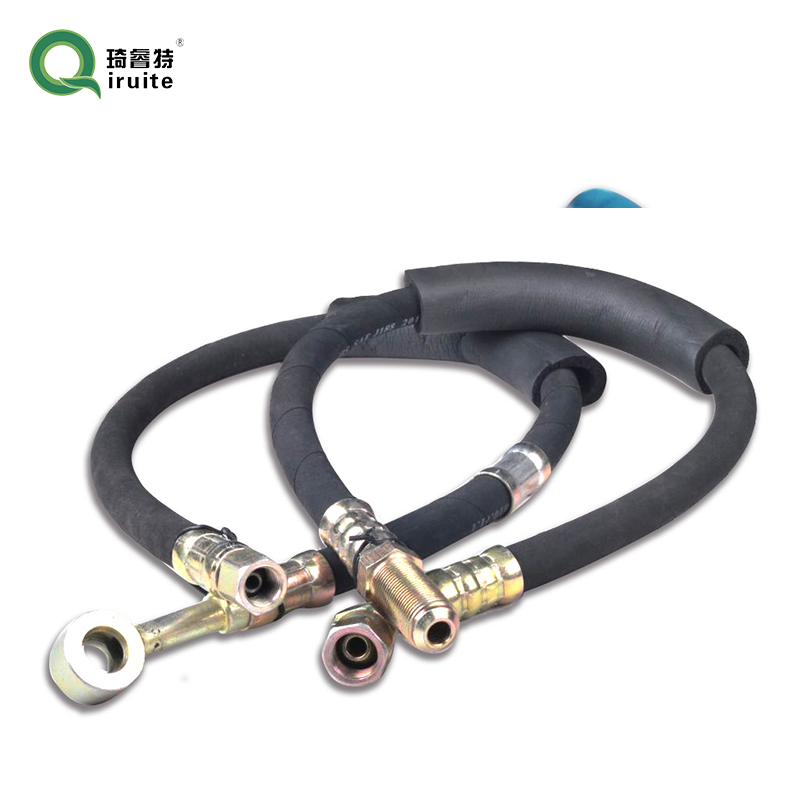coupling in pipe fittings
Coupling in Pipe Fittings An Overview
In the world of plumbing and piping systems, couplings play a vital role in ensuring the integrity and functionality of various installations. Couplings are essential components that connect two sections of pipe, enabling the seamless flow of fluids, gases, and other substances. Understanding the significance of couplings and their various types can help engineers and builders make informed decisions for their specific applications.
Coupling in Pipe Fittings An Overview
On the other hand, flexible couplings are designed to accommodate slight misalignments and movements between pipes. This feature is particularly important in situations where thermal expansion, vibrations, or ground movement may occur. Flexible couplings often incorporate rubber or elastomeric materials, allowing for more adaptability without compromising the connection.
coupling in pipe fittings

Couplings can also vary in design, with some common types including slip couplings, threaded couplings, and socket weld couplings. Slip couplings are straightforward devices that allow for the easy installation or removal of pipes, making them ideal for repair work. Threaded couplings utilize male and female threads to secure two pipes together, ensuring a tight fit suitable for high-pressure applications. Meanwhile, socket weld couplings are commonly used in industrial settings where pipes require a smooth and strong connection without the need for external fittings.
In addition to enhancing the functionality of piping systems, couplings also offer benefits related to maintenance and repair. Should a section of pipe become damaged or corroded, replacing just the affected area becomes simpler with the use of couplings. This not only reduces downtime but also minimizes costs associated with extensive repairs.
Moreover, the selection of the right coupling for a specific application is crucial to ensuring the longevity and performance of a piping system. Factors such as the type of fluid being transported, temperature and pressure conditions, and the environment in which the piping operates all influence this decision.
In conclusion, couplings are indispensable components in pipe fittings that facilitate connectivity in various applications. By understanding the types, designs, and advantages of couplings, professionals in the field can improve the reliability and efficiency of their plumbing and piping systems, ultimately leading to safer and more effective operations. Whether for residential plumbing or large-scale industrial applications, couplings remain a fundamental element in the integrity of piping networks.
-
Ultimate Spiral Protection for Hoses & CablesNewsJun.26,2025
-
The Ultimate Quick-Connect Solutions for Every NeedNewsJun.26,2025
-
SAE J1401 Brake Hose: Reliable Choice for Safe BrakingNewsJun.26,2025
-
Reliable J2064 A/C Hoses for Real-World Cooling NeedsNewsJun.26,2025
-
Heavy-Duty Sewer Jetting Hoses Built to LastNewsJun.26,2025
-
Fix Power Steering Tube Leaks Fast – Durable & Affordable SolutionNewsJun.26,2025

